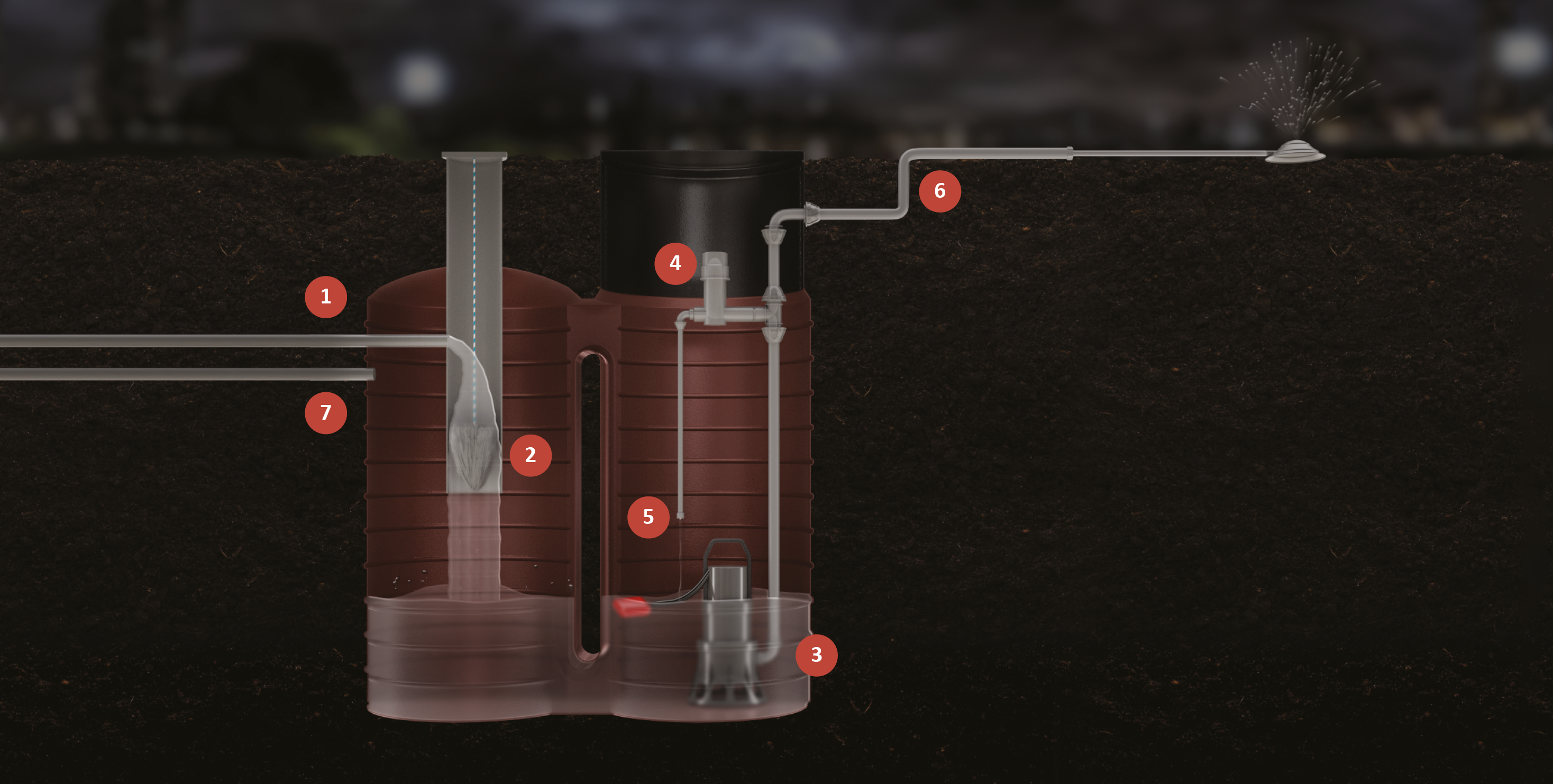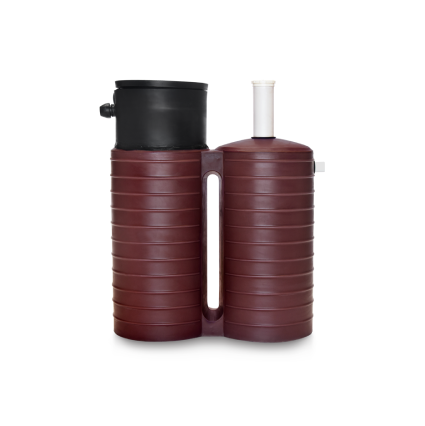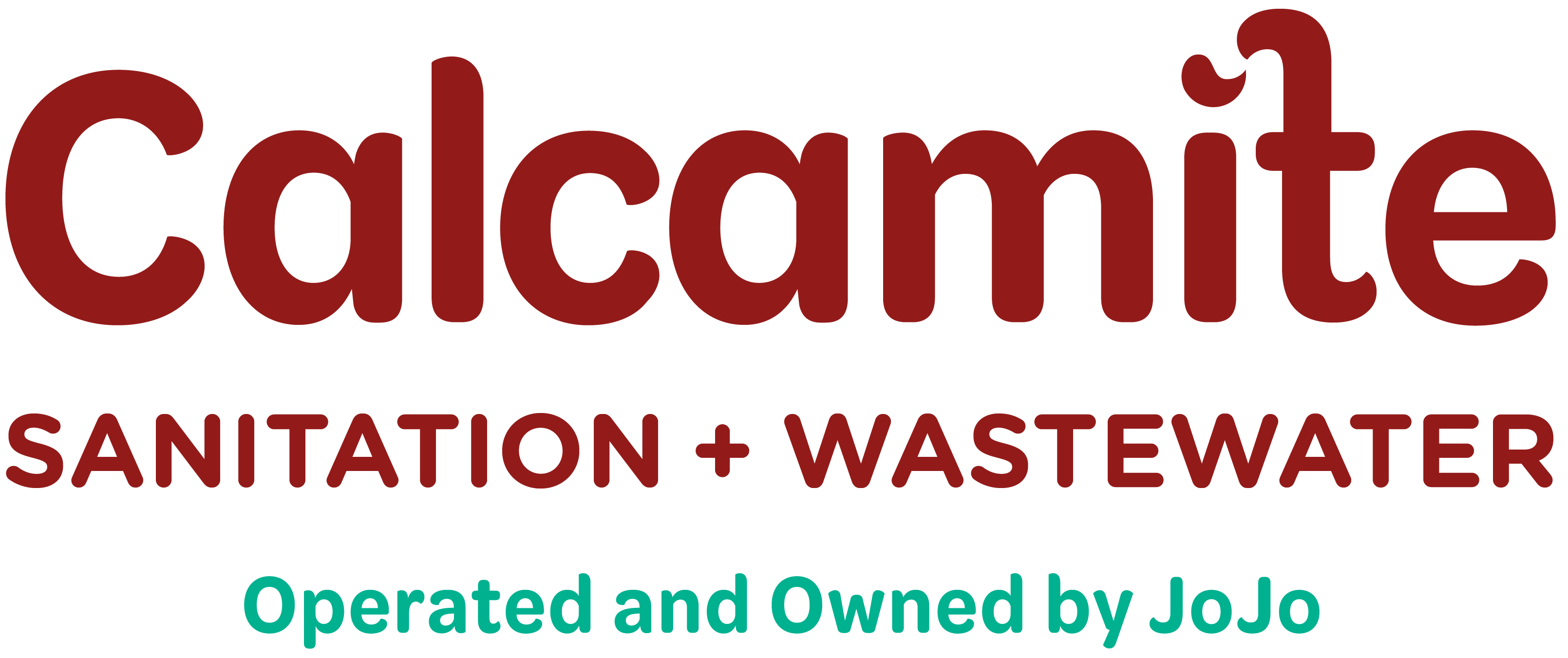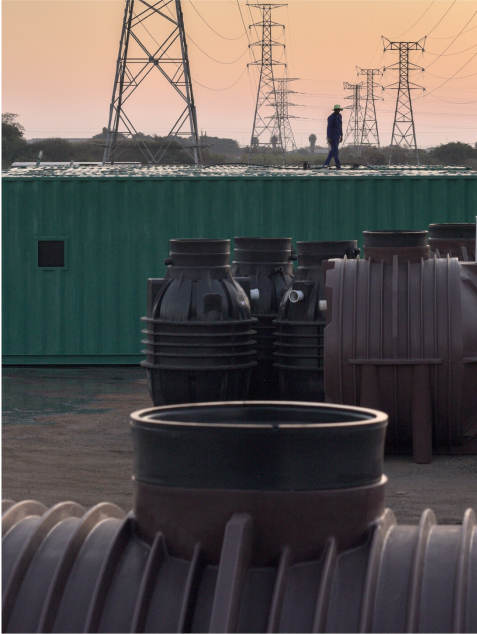Greywater Treatment Solutions
Our greywater treatment systems offer a cost-effective way to reduce household water consumption and safely recycle greywater for irrigation.
The purpose of greywater treatment
A greywater treatment plant’s purpose is to collect and treat greywater, enabling its safe reuse for irrigation.
The main components
A tank
Installed underground for greywater collection. It is important that the tank is sized correctly to ensure it has enough capacity for all greywater to be collected and reused within a 24-hour period. Greywater should never be stored for more than 24 hours before being used.
A disinfector
This is a vital part of a greywater system as it makes the water safe for reuse and improves the quality of water inside the tank.
A submersible pump
A submersible pump suitable for dirty water uses is required to pump the greywater out of the tank and to your irrigation system.
How it works

Greywater from baths, showers, bathroom basins and laundry is redirected to the greywater system via the tank inlet.
Before entering the tank, the greywater passes through a filter brush designed to remove hair, lint and other solid particles that may be present in the waste stream. It is important to clean the filter brush on a regular basis to prevent flow blockage. Please note that this applies exclusively to the Greywater Basic System, not the Greywater Mini System.
After passing through the filter brush, the greywater enters the tank. When the tank reaches a predefined level, the pump's float switch is triggered, initiating the pumping of water through the disinfector.
In this step of the greywater treatment process, the water undergoes disinfection to eliminate any harmful pathogens.
A small percentage of the disinfected water is released back into the system to improve the quality of water stored in the tank and to help limit the development of foul odours.
As shown in the greywater system diagram above, the treated water is pumped through the tank outlet for garden irrigation. To ensure efficient distribution of the treated effluent, it's advisable to use a 20mm hose and a pyramid sprayer for this connection. As the water is sent to the garden, the tank's water level decreases. When it reaches the predefined minimum level, the float switch automatically turns off the pump to prevent it from running dry and burning out.
The tank overflow is linked to the property's sewer line. It serves as a backup when the tank reaches its capacity or during system maintenance.
Important
- This system only treats greywater (from washing machines, and bathroom fixtures) not blackwater (containing human waste).
- Blackwater such as wastewater from kitchen drains, toilets, or any water containing human waste, should be appropriately disposed of through your existing municipal sewer line, septic/conservancy tank, or wastewater treatment plant.
Ideal applications
Greywater harvesting for irrigation purposes.
Domestic greywater recycling and other small-scale applications such as guesthouses. For larger-scale solutions requiring greater capacity or when water needs further treatment for purposes beyond irrigation, wastewater treatment plants are the more suitable choice.
Key differentiators
Pre-assemble convenience
A home greywater system that is small, compact and supplied assembled for easy installation.
Ease of use
Designed with ease of operation and maintenance taken into consideration.
Optimised for safety
Utilises disinfection to prevent the transmission of potential disease-causing micro-organisms.
Automated operation
Utilises a submersible pump for automatic operation, simplifying the process of watering plants with greywater.


